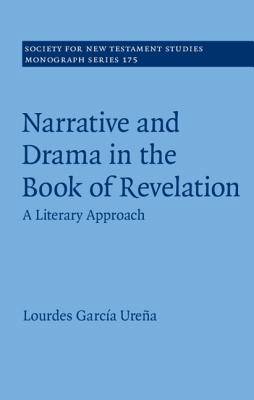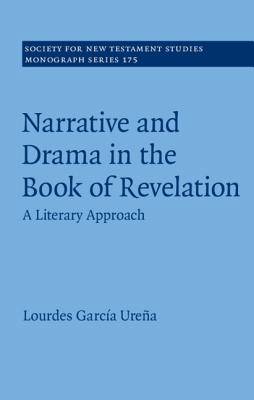
- Afhalen na 1 uur in een winkel met voorraad
- Gratis thuislevering in België vanaf € 30
- Ruim aanbod met 7 miljoen producten
- Afhalen na 1 uur in een winkel met voorraad
- Gratis thuislevering in België vanaf € 30
- Ruim aanbod met 7 miljoen producten
Zoeken
€ 172,95
+ 345 punten
Omschrijving
The Book of Revelation is one of the most cryptic books of the Bible and one that raises many scholarly questions. What is its literary genre? Why is it considered to be both a narrative and a drama? Why does John disregard time-space coordinates? Why does the audience have such an important role in the text? What literary guidelines has the author designed to facilitate the reading of the book? Applying the methods of literary theory to her study, Lourdes Garcia-Urena argues that John wrote Revelation as a book to be read aloud in a liturgical context. In her reading, John chose a literary form, similar to the short story, that allows him to use time-space coordinates flexibly, to dramatize the text, and to take his time in describing his visions. Through these techniques the audience re-lives and is made part of the visual and auditory experience every time the book is read.
Specificaties
Betrokkenen
- Auteur(s):
- Vertaler(s):
- Uitgeverij:
Inhoud
- Aantal bladzijden:
- 232
- Taal:
- Engels
- Reeks:
- Reeksnummer:
- nr. 175
Eigenschappen
- Productcode (EAN):
- 9781108483865
- Verschijningsdatum:
- 10/10/2019
- Uitvoering:
- Hardcover
- Formaat:
- Genaaid
- Afmetingen:
- 164 mm x 221 mm
- Gewicht:
- 408 g

Alleen bij Standaard Boekhandel
+ 345 punten op je klantenkaart van Standaard Boekhandel
Beoordelingen
We publiceren alleen reviews die voldoen aan de voorwaarden voor reviews. Bekijk onze voorwaarden voor reviews.











